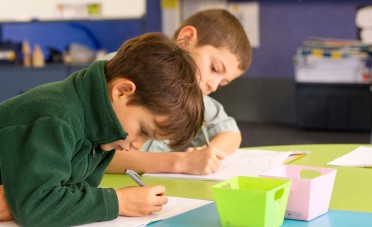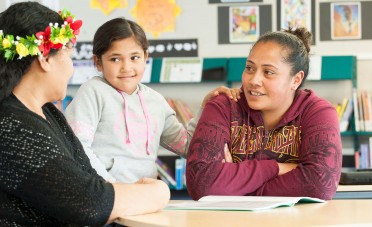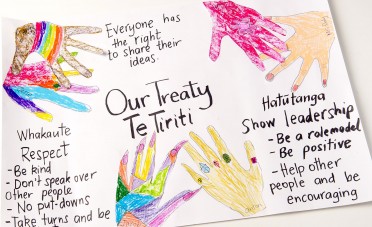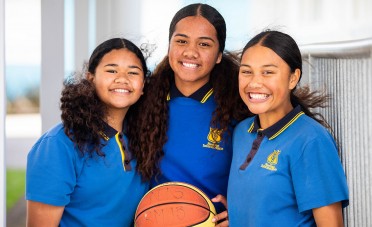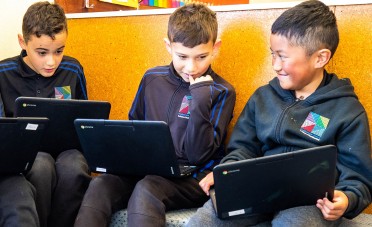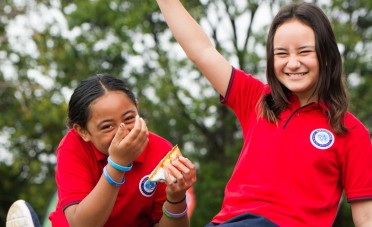Identity and self-worth: Feeling good about myself
Feeling good about myself supports identity and feelings of self-worth for ākonga by asking them to recognise and acknowledge their personal strengths, describe themselves in relation to the class, and practise confidently giving and receiving compliments and affirmations. Acknowledging each other’s different strengths also contributes to an inclusive classroom environment.
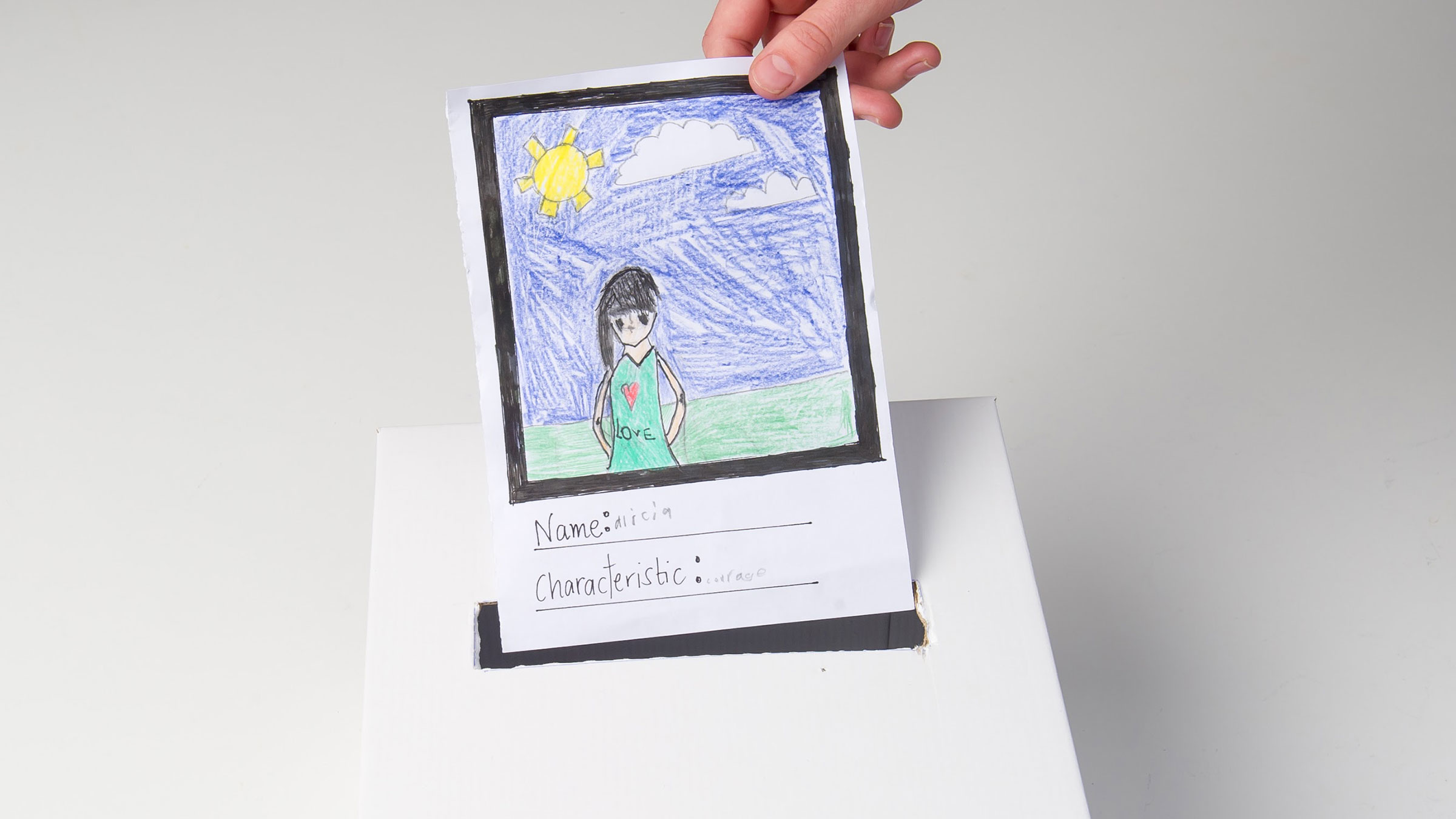
Understanding ourselves and getting on together — Activity collection
This resource is part of the Understanding ourselves and getting on together collection.
Possible learning activities
Everyone is unique
Brainstorm with your class the things that ākonga in your classroom like to do best. Be open to suggestions that may not appear to be appropriate at first, such as online games, being alone, or fighting with siblings, and inquire further about why ākonga like to do these things. Ask ākonga to each select a group that best represents their interests, for example:
- I like playing games.
- I like listening to music.
- I like making new friends.
- I like helping other people.
Ask them to talk about why they chose to be in the group and what they like about being in the group. With the whole class, identify the special things about each group. Talk about how people are both the same and different, the importance of accepting the ways that each person is unique, and including everyone in class activities and learning.
Characteristics postbox
Materials: each ākonga creates a named self-portrait which is photocopied six times. You will also need four to eight postboxes, and four to eight sheets of A3 paper.
Choose one characteristic or school value ākonga might have, for example, self-management skills. Label each postbox with words and/or pictures to illustrate different aspects of the chosen characteristic.
Use between four and eight postboxes according to the ability of the class. Place the postboxes around the room. Ākonga post their self-portraits into the postboxes that they think describe them. For example, they may put one self-portrait in the "being tidy" postbox and one in the "following directions" postbox. They can choose to put more than one, or all of their portraits into a postbox that they closely identify with. The postbox activity can be repeated with other characteristics, such as strengths or abilities, physical characteristics, favourite food, and ethnic groups.
Put ākonga into groups and give each group one of the postboxes. Ākonga can glue the portraits from the box onto a sheet of A3 paper which has the aspect written on it. The group counts the responses and writes a summary statement. Groups report back and the class develops a simple sociogram from the results.
<Add a digital illustration of a sociogram here>
Talk about how ākonga share some characteristics and not others.
From the sociogram, ākonga can write simple "I" statements:
I am the same as ____________ because ____________.
I am different from ____________because ____________.
I like myself because ____________.
Words of affirmation
Introduce the idea of giving and accepting compliments and words of affirmation. Provide opportunities to express words of affirmation such as:
- star of the week – praise for ākonga from whānau, peers, and kaiako can be presented in poster form.
- star pendant – each day a small committee of ākonga choose a caring, sharing person who deserves to wear the star pendant the next day.
- hot spots – words of encouragement for someone standing in a certain place in the room.
- class mailbox – letters giving affirmations to classmates can be posted there.
- affirmation pages – set aside a page in written workbooks, or on digital learning platforms, for positive feedback from parents and/or classmates.
- self-affirmation day – encourage the ākonga to verbalise their own strengths and personal characteristics, using starters such as "I am ...", "I can ...", or "I am good at ...".
- action affirmations – ākonga positively affirm each other whenever they see a reason or a need.
Cultural and diversity considerations
All ākonga are part of wider whānau, hapū, iwi, and other community groups. Culturally capable kaiako and tumuaki know, value and integrate the cultural capital of their ākonga into the work of creating positive classroom communities. Classroom programmes dealing with mental health should be sensitively developed so that they respect and reflect the diverse values and beliefs of ākonga and the whole school community.
As culturally capable kaiako, be sensitive to cultural attitudes and values around recognising or commenting on personal strengths. Be prepared to work with ākonga who don’t feel comfortable with readily identifying their own strengths. Gently offer suggestions and remind them about situations where they have shown an aspect of the chosen characteristic, and give ākonga the opportunity to recognise and discuss each other’s strengths in small groups.
Links to the HPE underlying concepts
Hauora
Taha whānau and taha wairua – focusing on identity, feelings of self-worth, and a sense of belonging within the class.
Attitudes and values
Valuing themselves – knowing that their input will be respected.
Read more about the underlying concepts.
Kaiako notes
Although setting up this activity may be time-consuming, the self-portraits can be used many times to reinforce learning.
Notice whether ākonga offer more affirmations independently, after you have completed the unit.
Focus inquiry questions around the learning outcomes before and after the activities to support ākonga to reflect and think critically about the activities.
